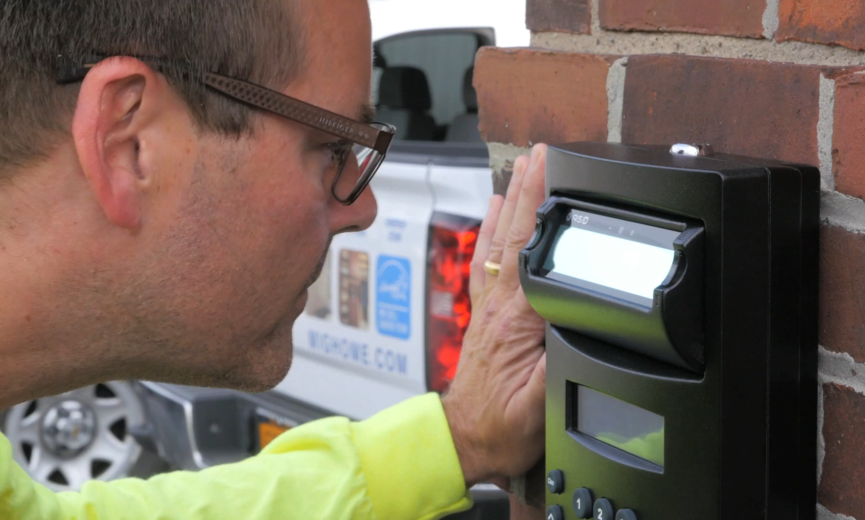There are many choices for recording employees’ time and attendance, one of the most significant responsibilities of any human resources department. Paper punch cards are still widely used, as are plastic credentials and PINs. Many of today’s newer systems use one of several biometric technologies to identify workers.
High accuracy and convenience are two features driving the increased popularity of biometric devices. The main technology choices use fingerprint, hand geometry, facial or iris recognition. Here are three reasons iris-based systems provide the best experience for HR and employees.
A touchless, safe solution
While medical experts debate the possibility of spreading the COVID-19 virus by touch, employees made it clear that they prefer contactless recording of their hours during the pandemic. Once popular hand geometry-based biometric solutions fell into disfavor as they require employee contact. One of the leading manufacturers of these systems recently announced it would no longer produce the devices.
Both facial and iris recognition require no contact with a reader. However, only iris systems are unaffected by personal protective equipment such as masks and goggles that often impair facial recognition readers’ accuracy. Also, iris readers work well with glasses and contact lenses and are unaffected by facial hair and makeup.
The iris-based imaging process includes no bright lights or lasers during the enrollment and identity authentication processes which are the same as taking a picture with a digital camera.
Accuracy
Iris recognition systems are more accurate than other time and attendance alternatives – biometric or otherwise. Each person’s irises are unique; even identical twins have different iris patterns. These distinctive patterns are not susceptible to theft, loss or sharing, eliminating the costly payroll fraud of buddy punching. Iris photos or prosthetics won’t spoof the readers as they have built-in liveness detection.
Convenience and Flexibility
Complete turnkey iris-based solutions import, export and manage user data while retrieving and monitoring transactions. There is automatic detection of new or removed readers. And the systems operate on Windows, Linux, and Mac platforms while enabling access from tablets and smartphones.
Iris systems easily integrate with hundreds of existing time and attendance applications. With open Android-based platforms, the systems enable independent software vendors (ISVs) to create open REST API web-based applications for custom software solutions. Small templates – 512 bytes per iris – permit extensive databases without compromising search speed or performance accuracy. Systems easily expand to meet the time and attendance needs of growing organizations of any size.
Complete enrollment into the systems, with instruction, takes about two minutes. Employees need about a second to clock in or out as system readers automatically tilt to locate people’s eyes. Once enrolled, employees may clock in with other company-networked readers in the same building or virtually anywhere in the world. Reader displays enable HR to share messages with employees, such as reminders to take regulatory required breaks and information such as accrued time off is available to employees.
Time and attendance systems using iris recognition streamline business operations with highly accurate and hands-free readers. For more than a decade, these user-friendly solutions have proven to meet payroll needs better than card-based systems. And most organizations implementing iris-based time and attendance achieve quantifiable cost savings within the first few months of operation.

